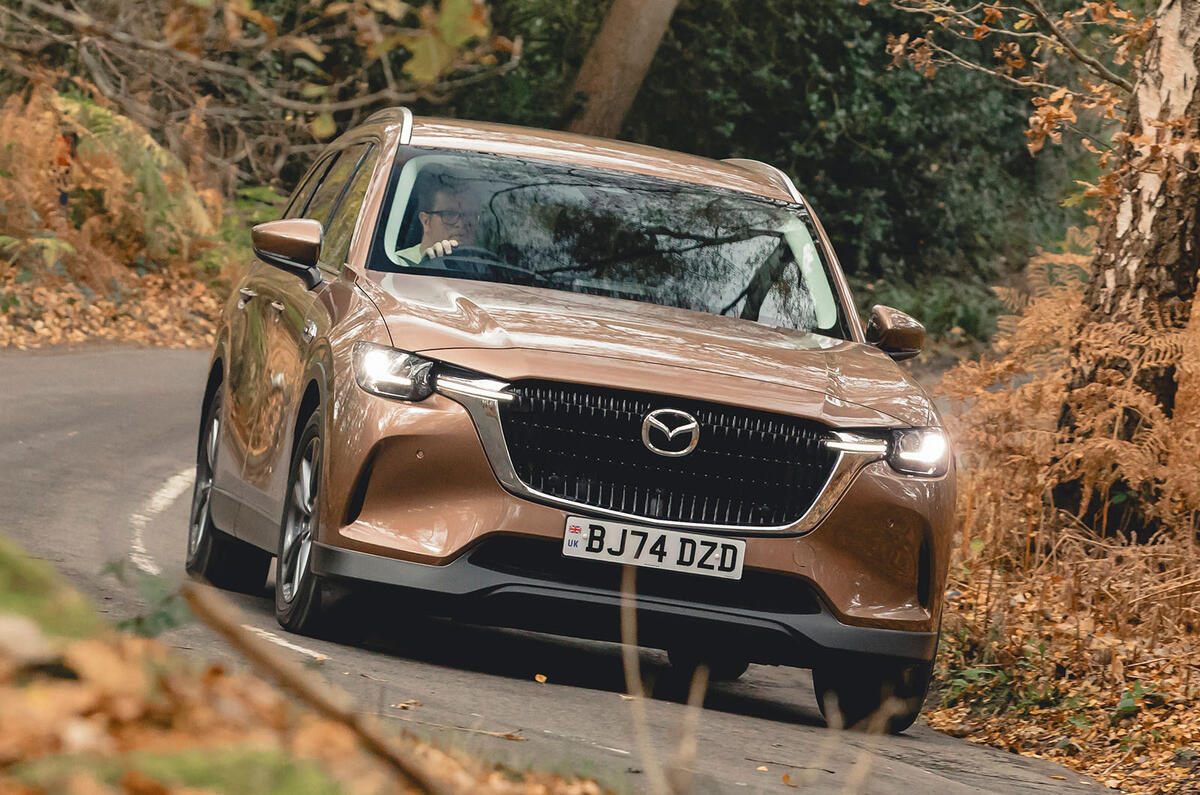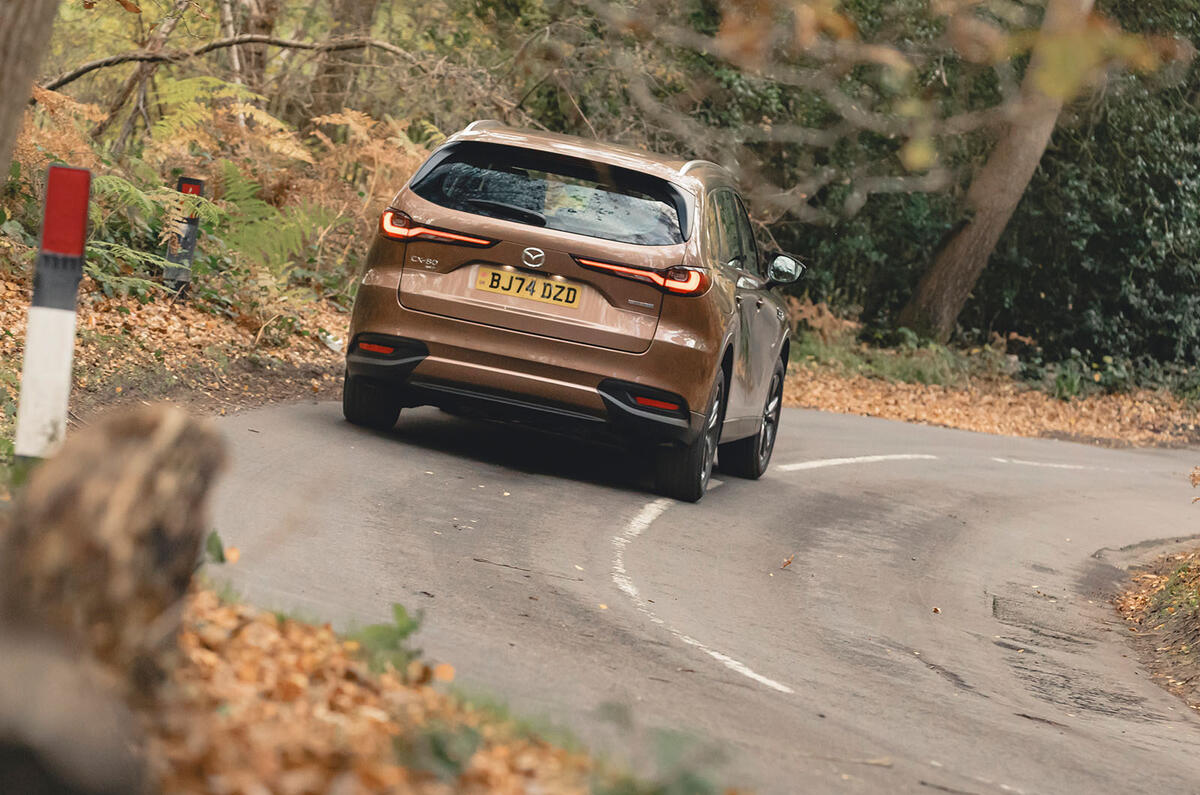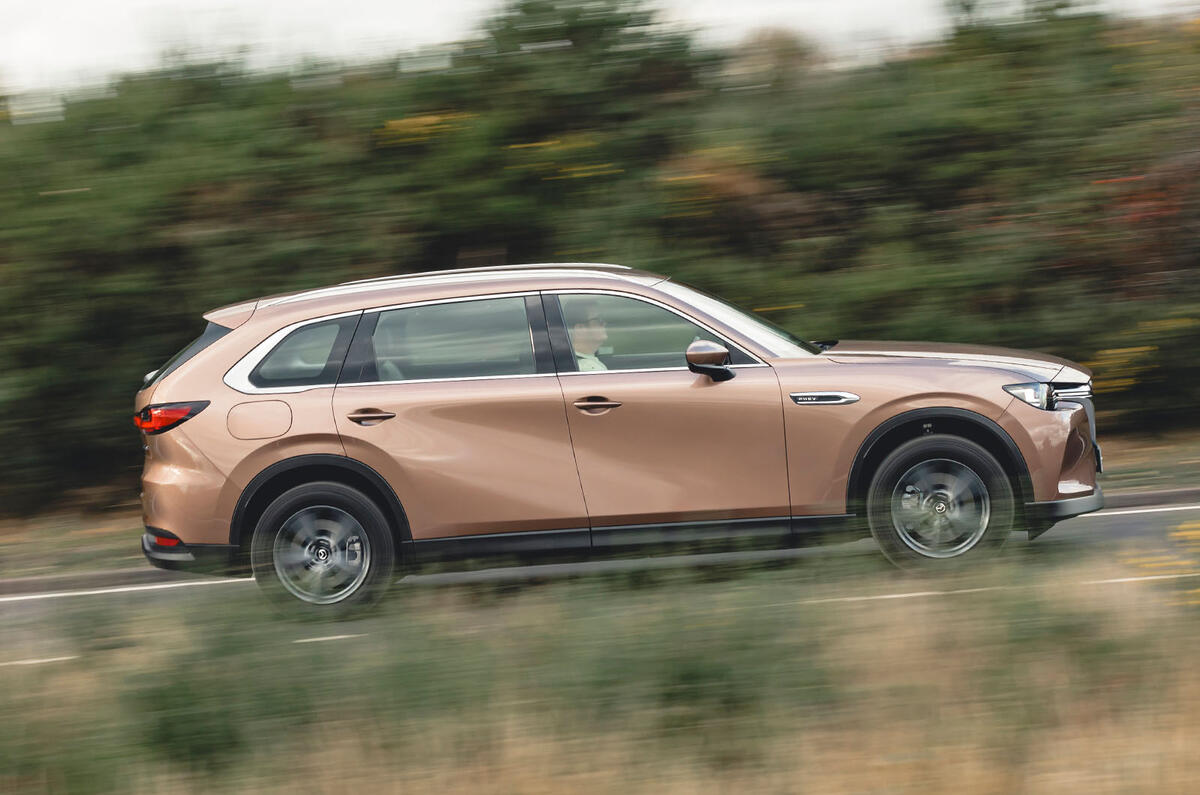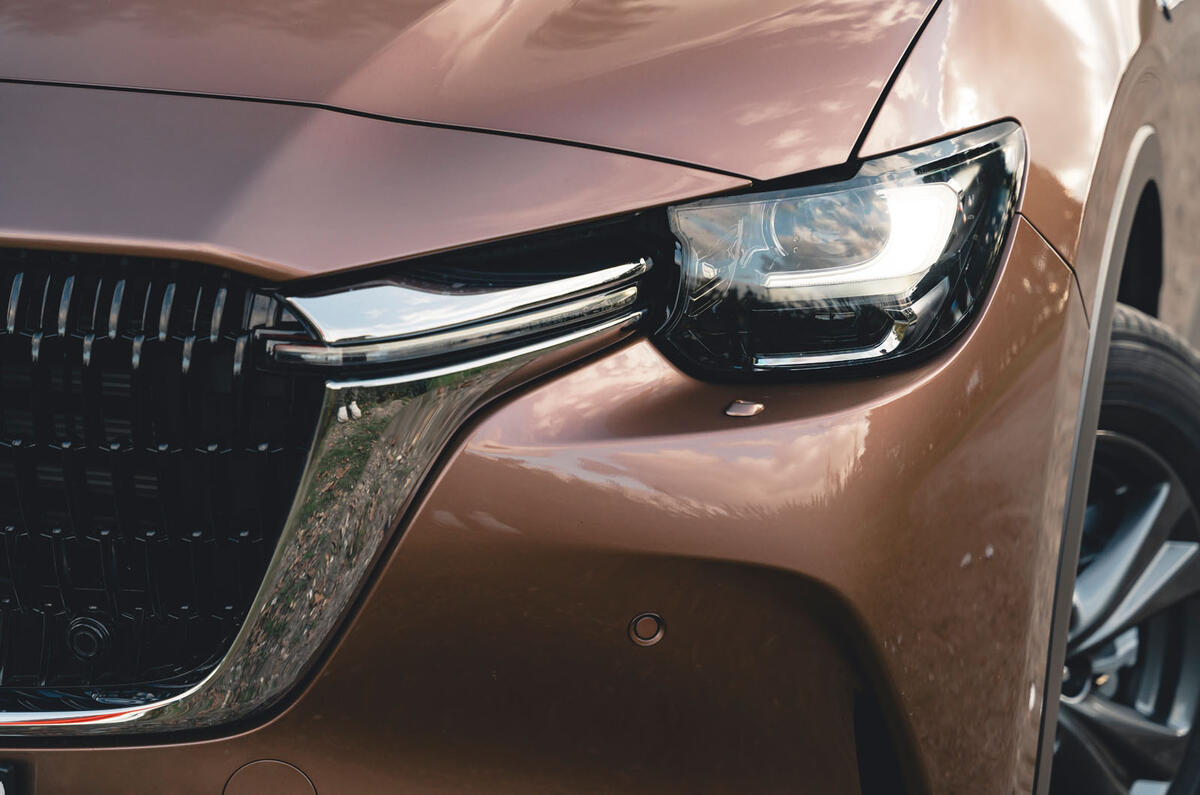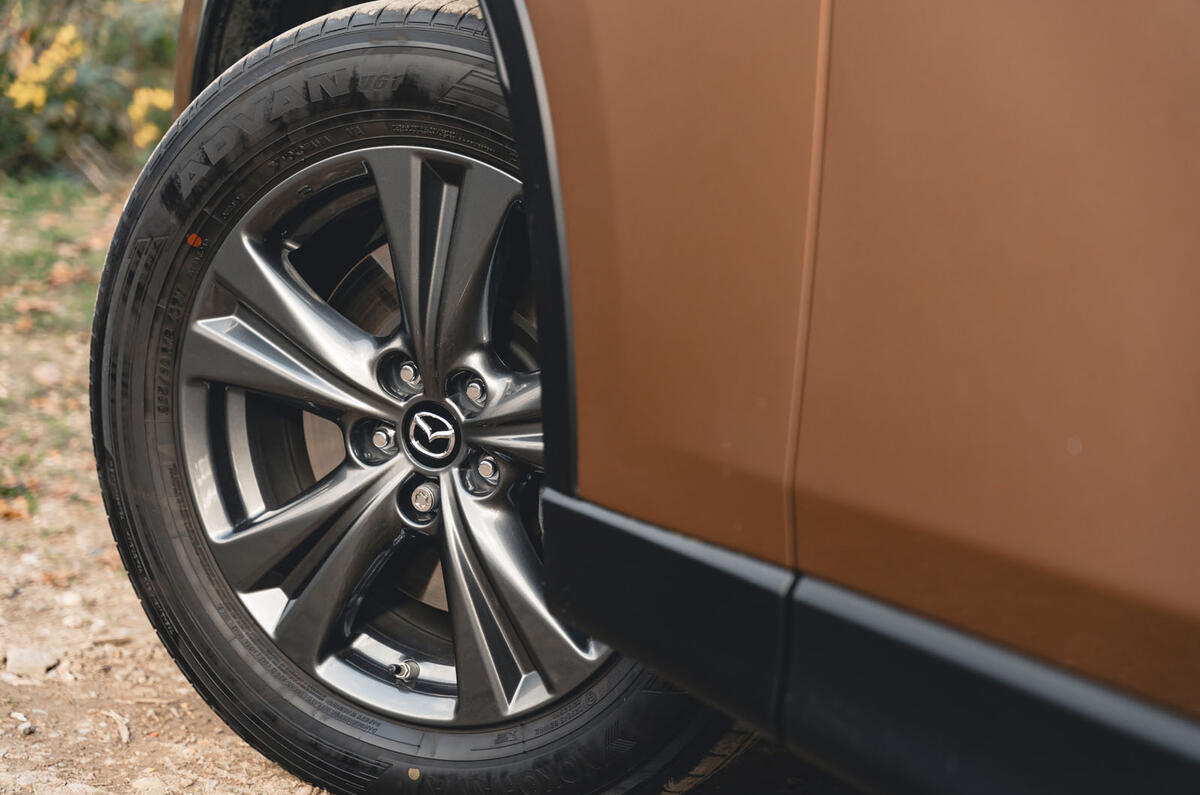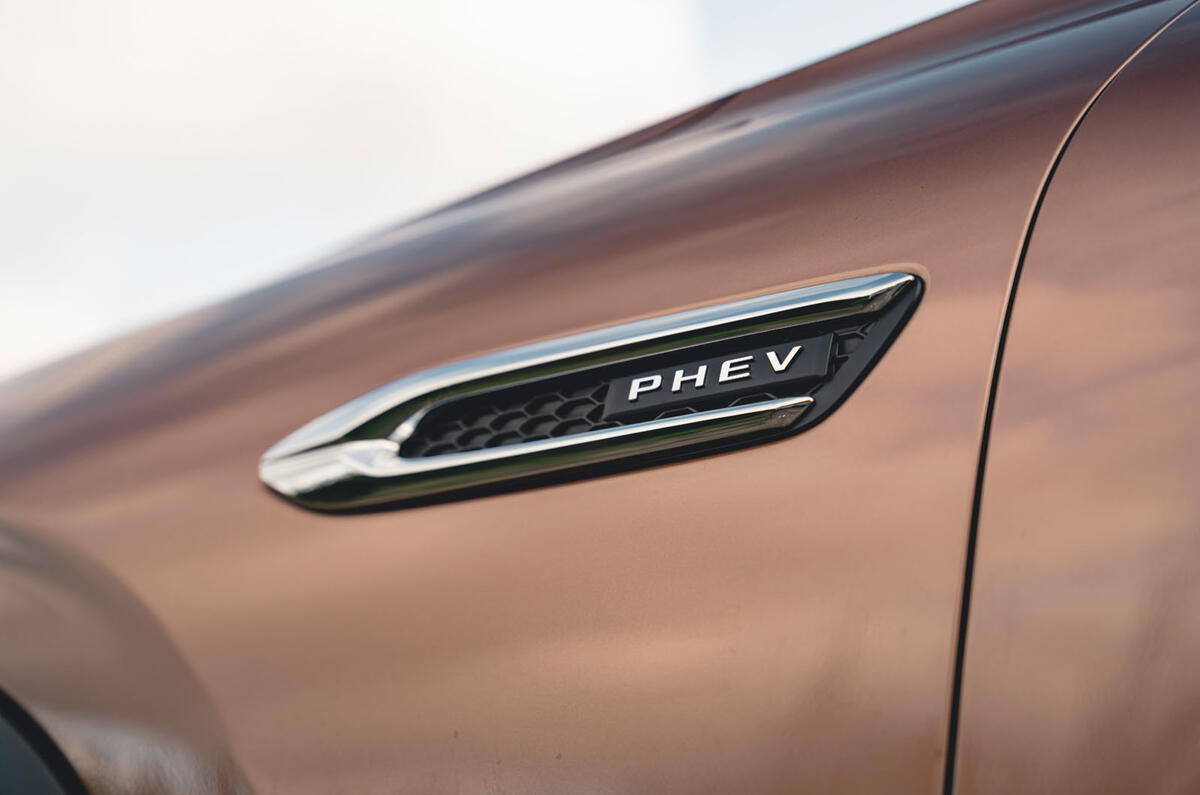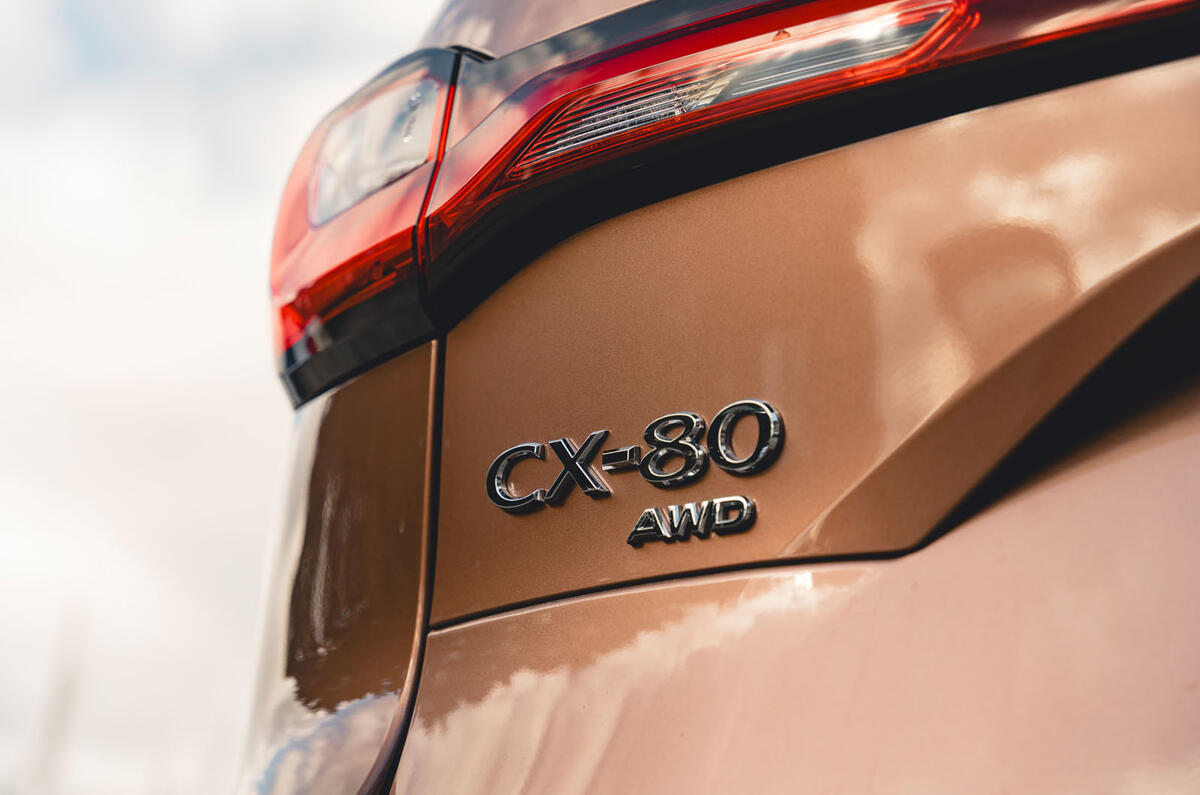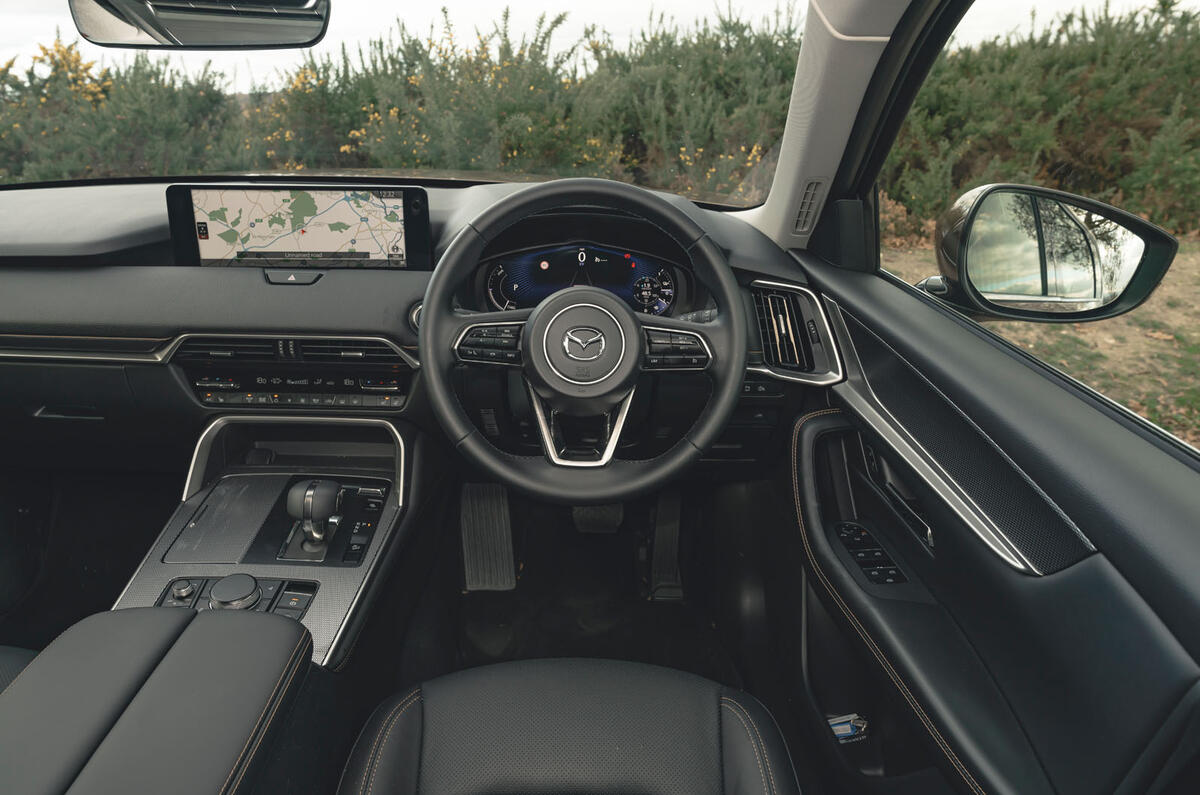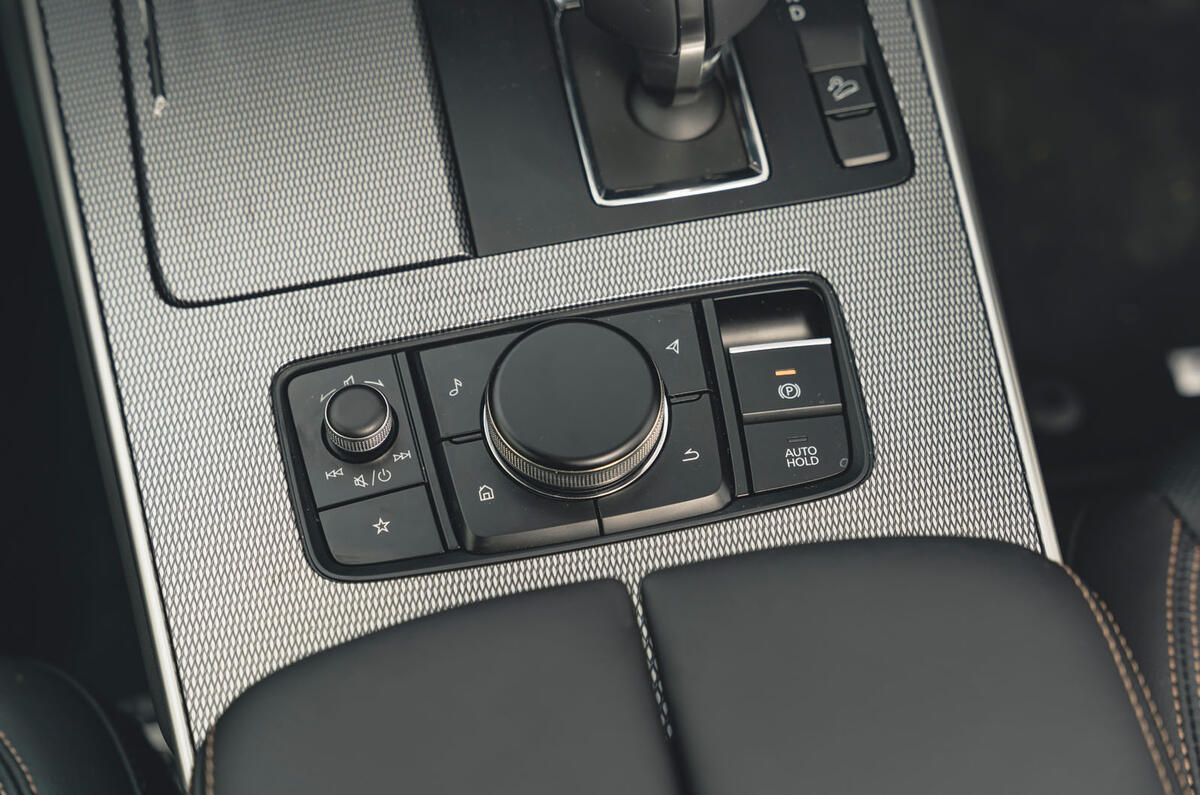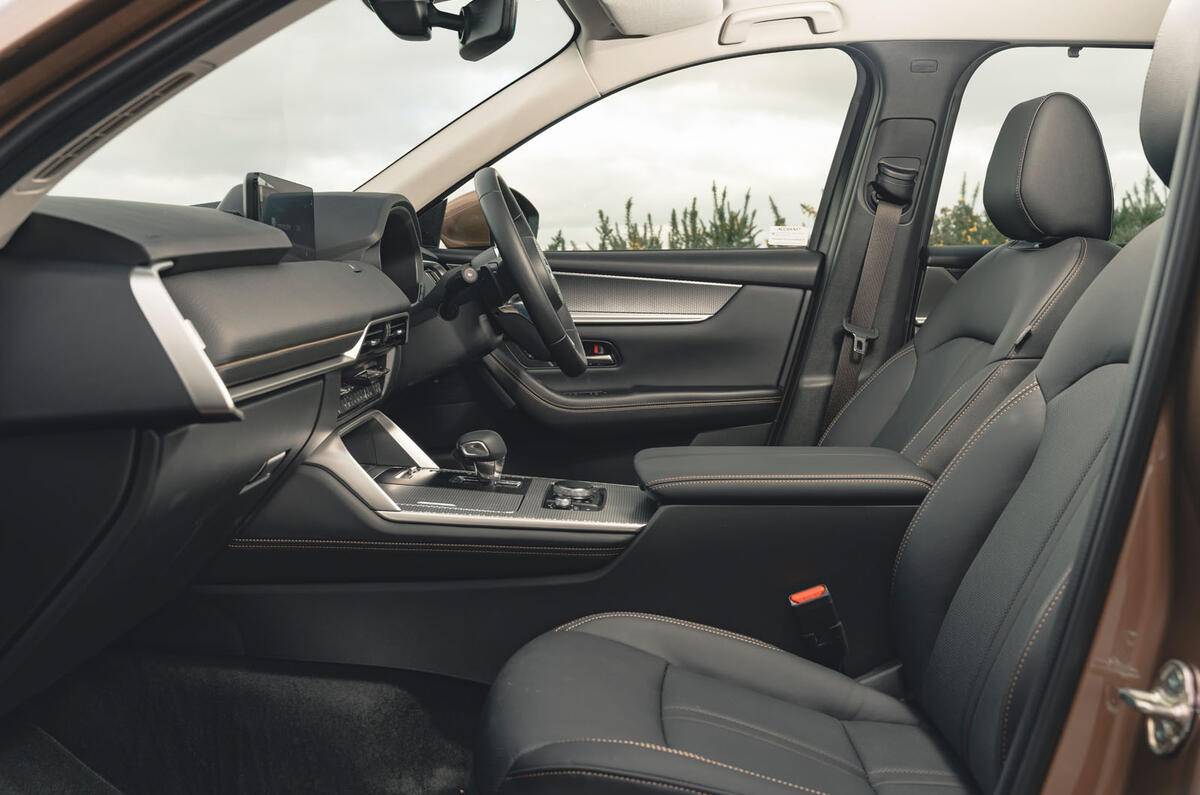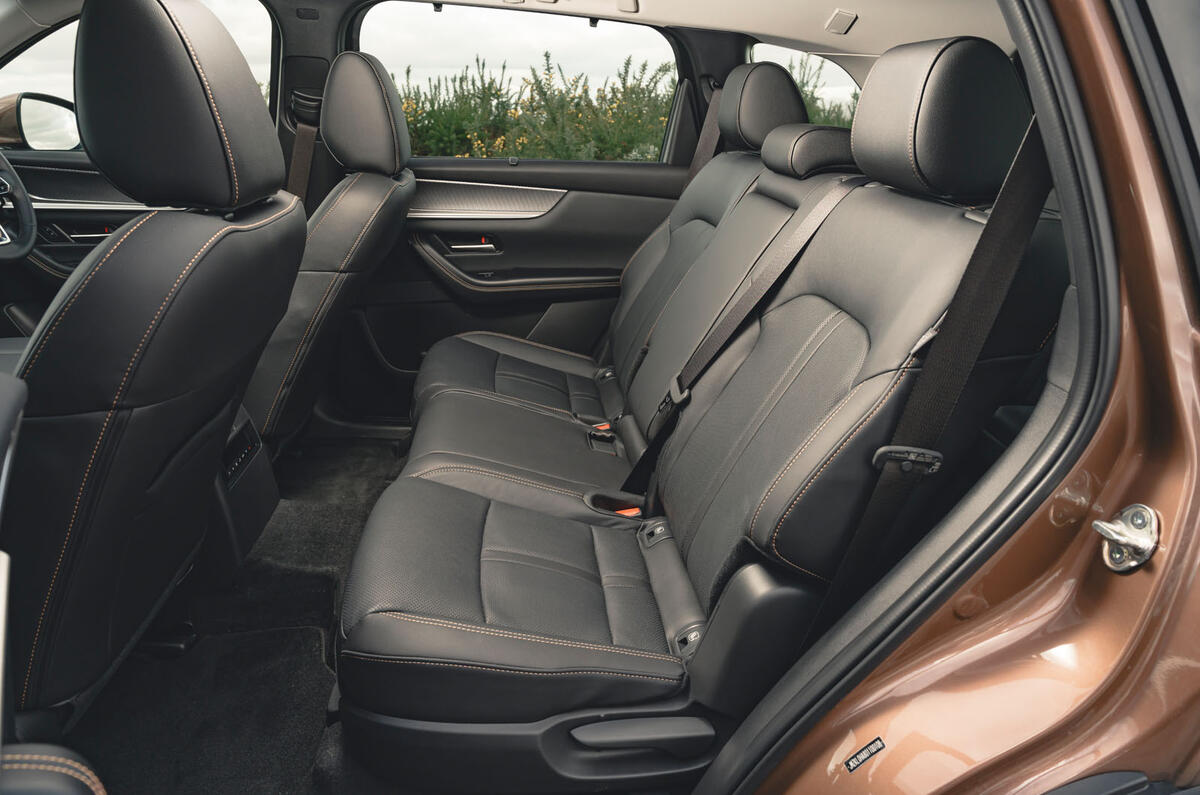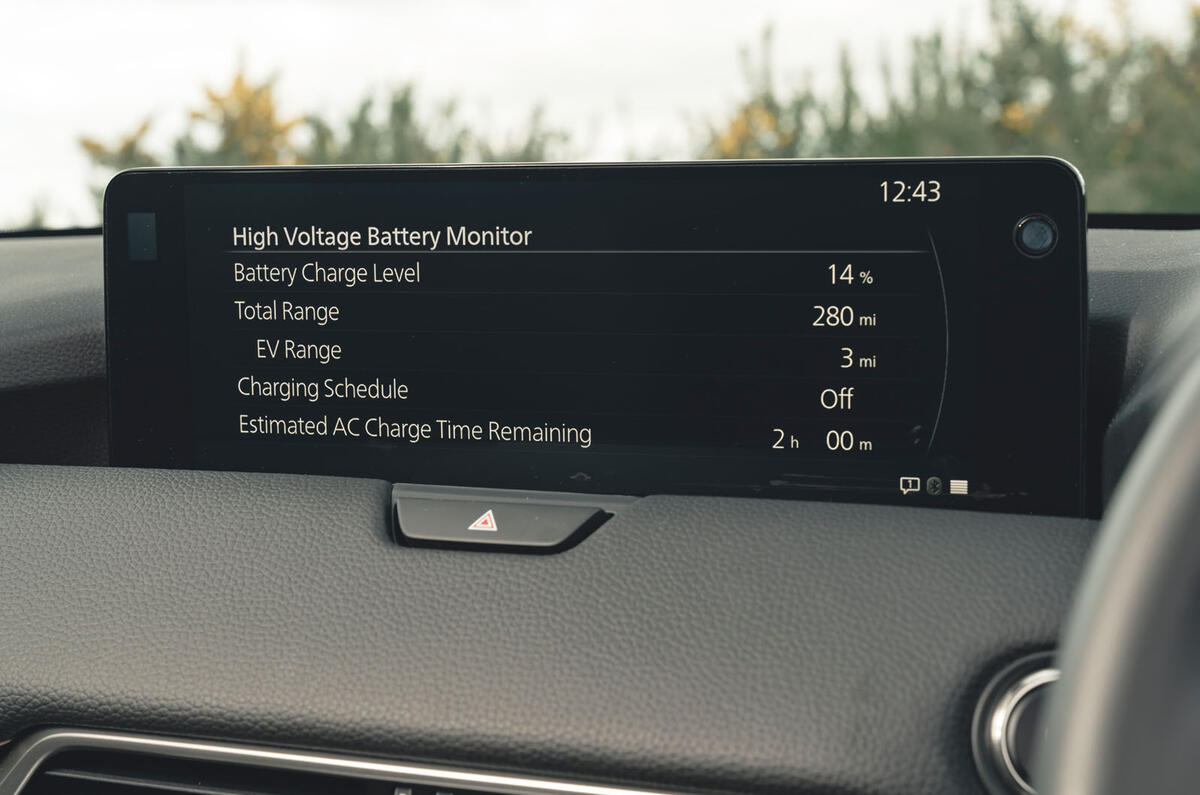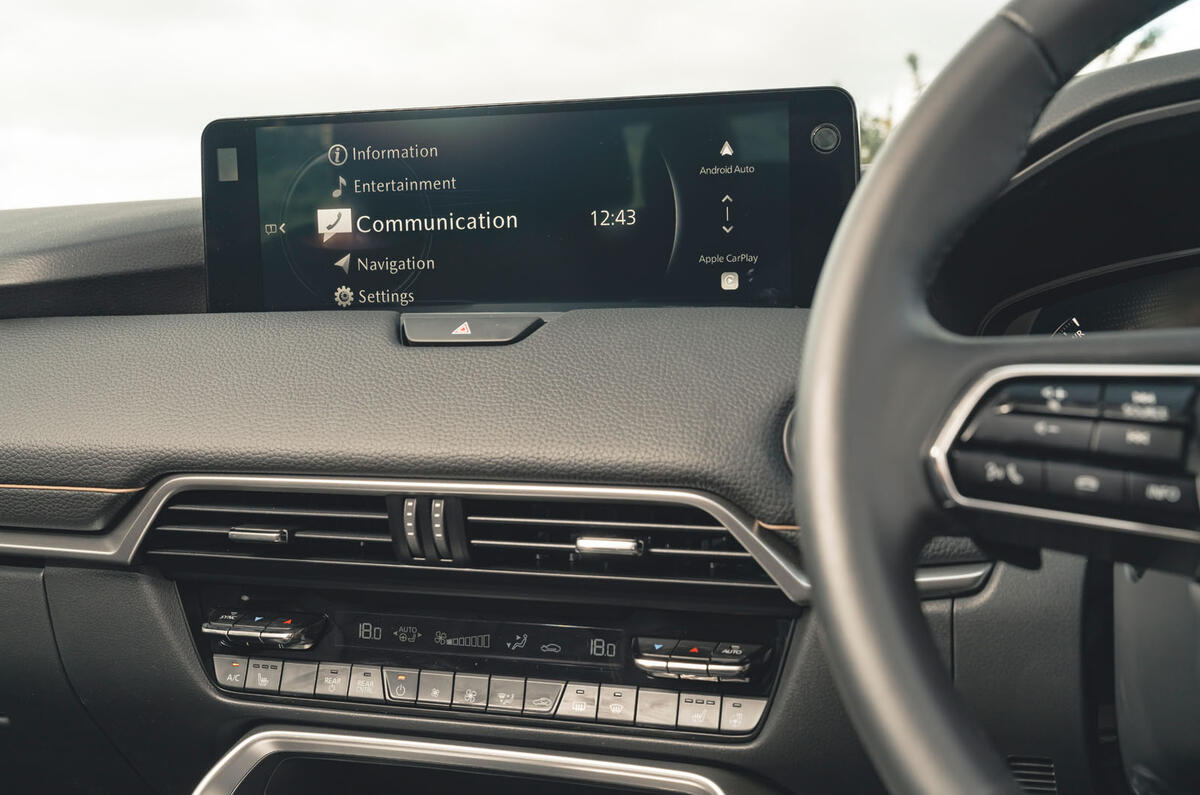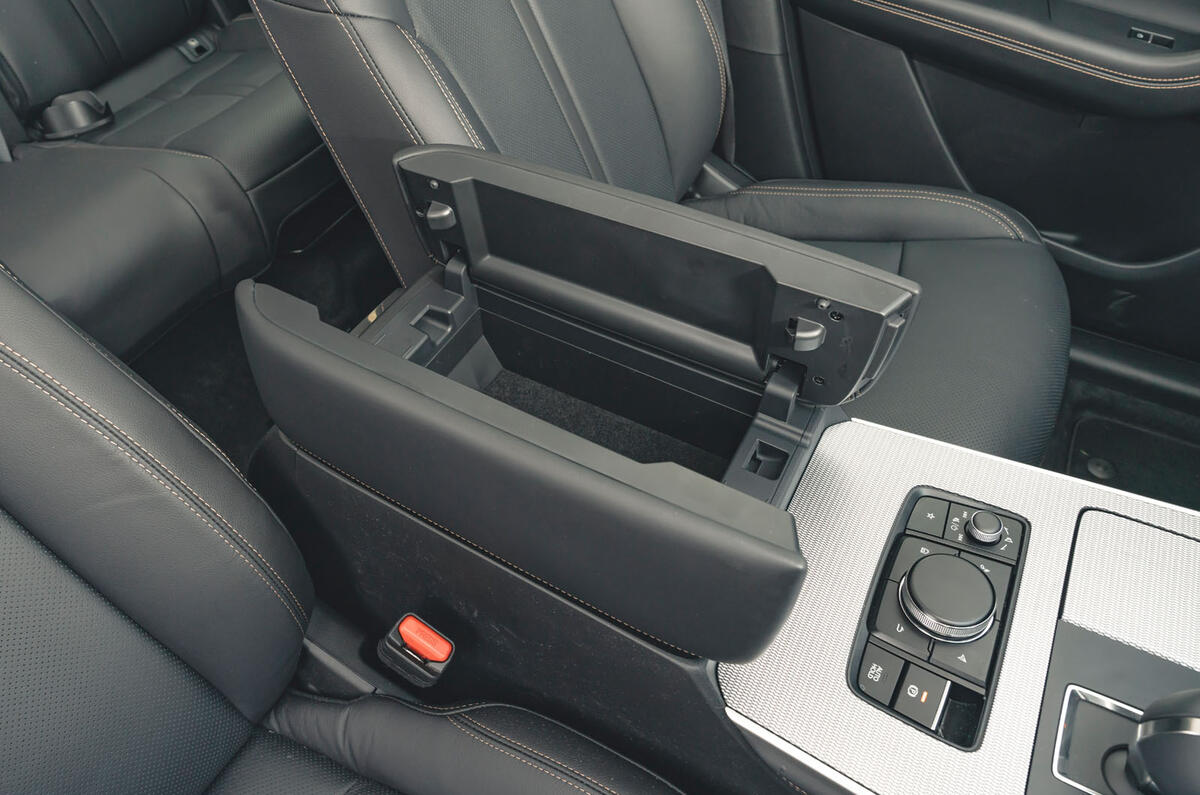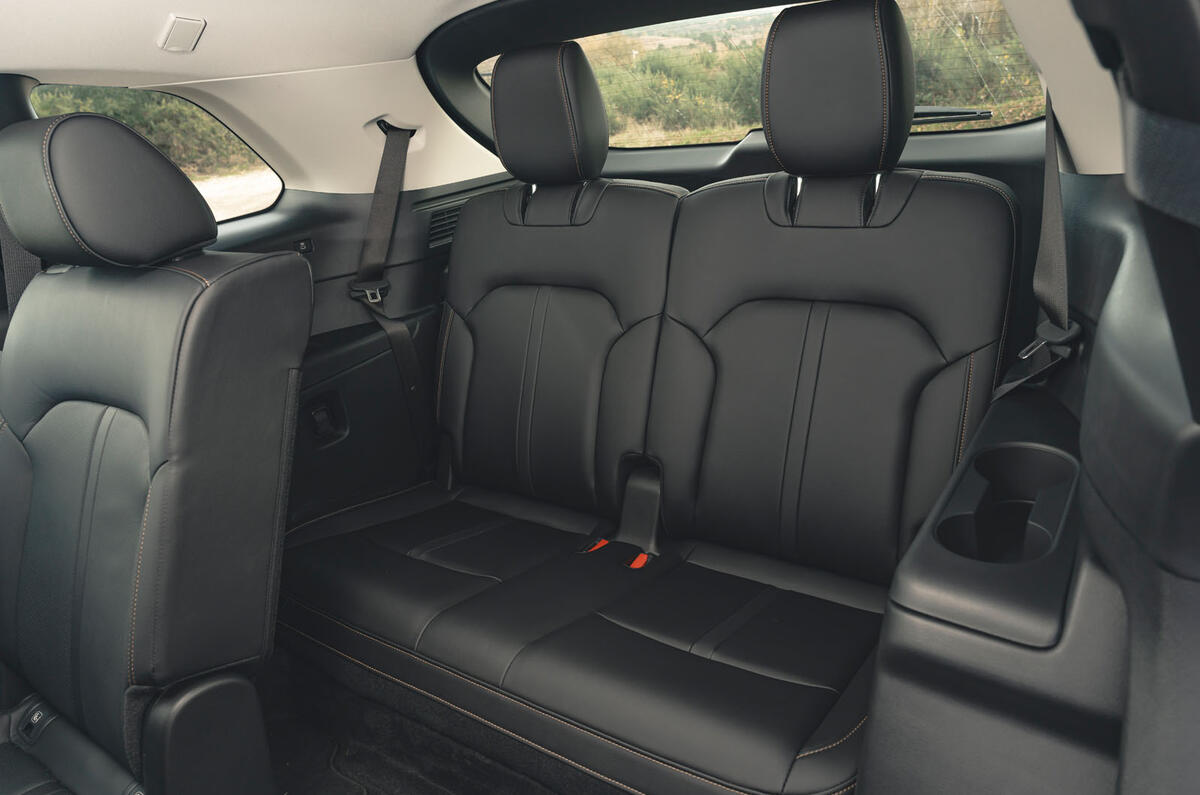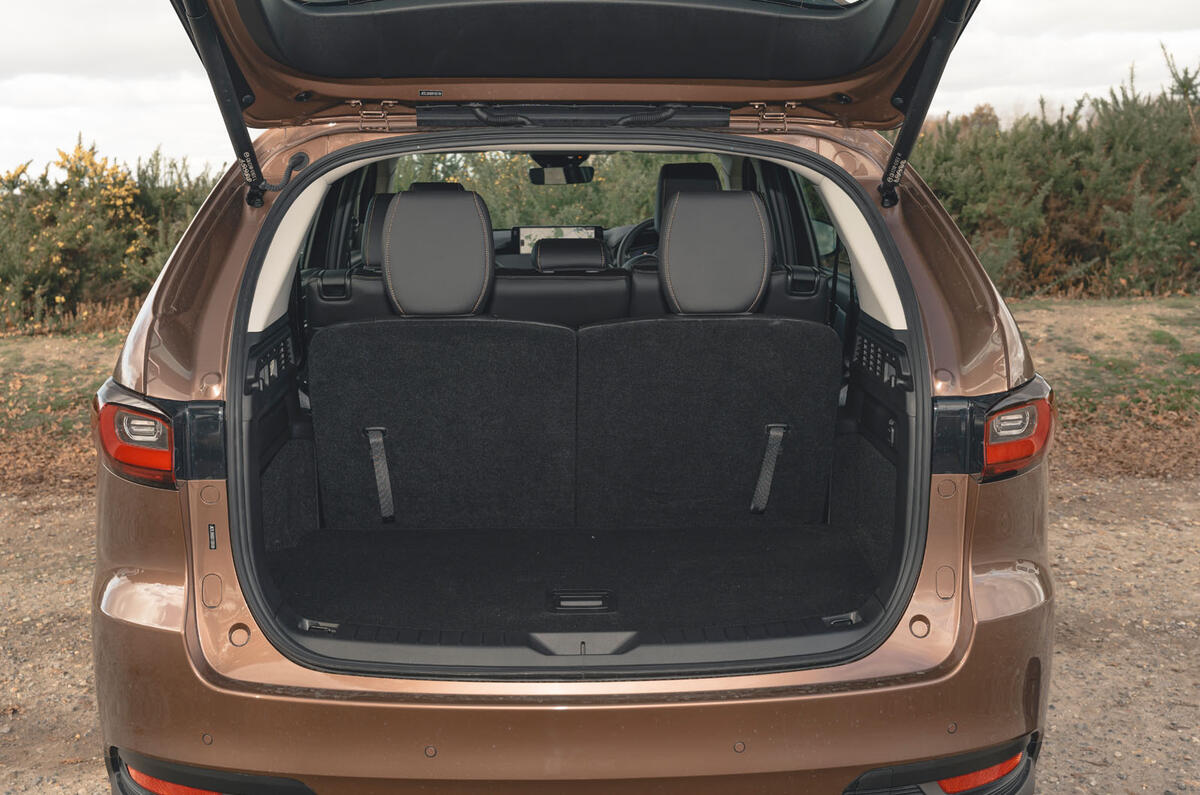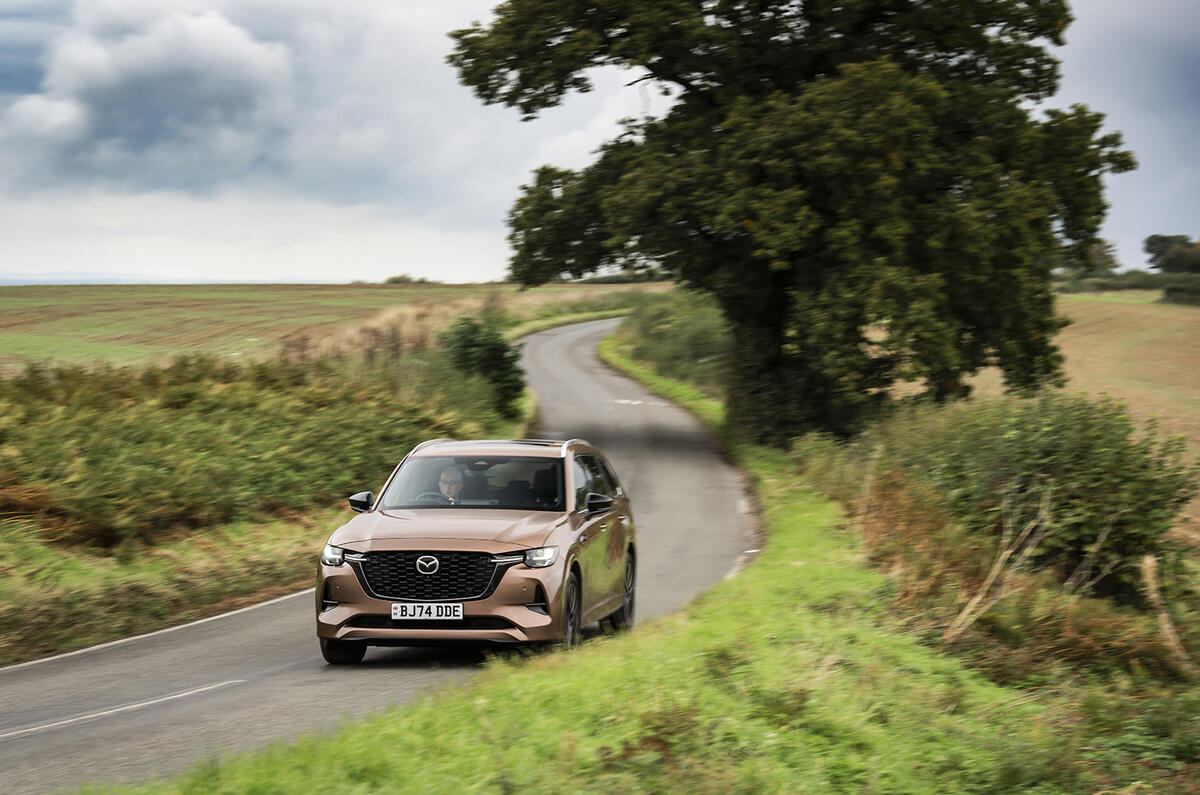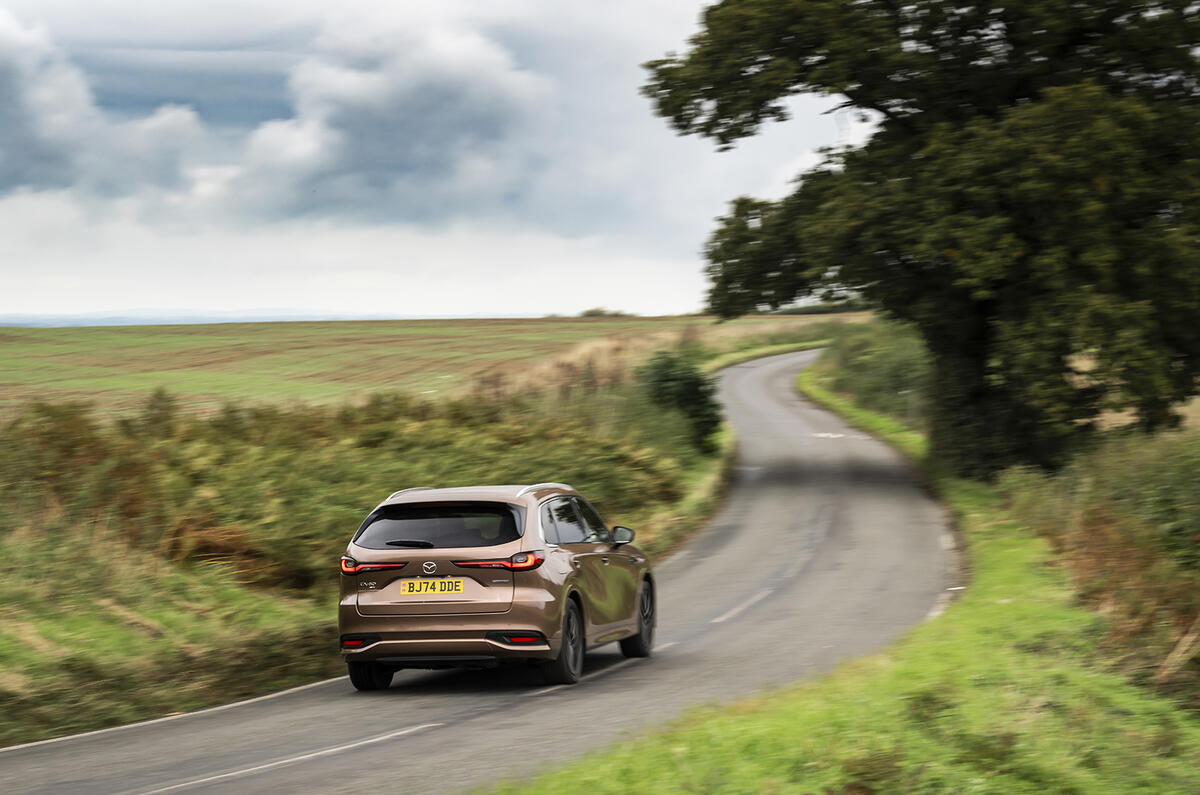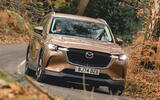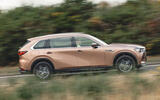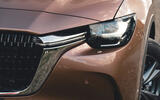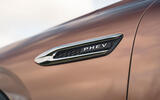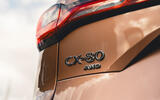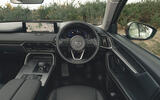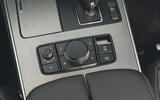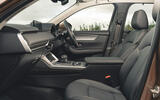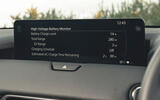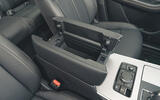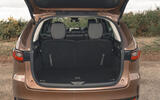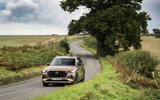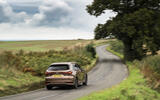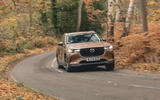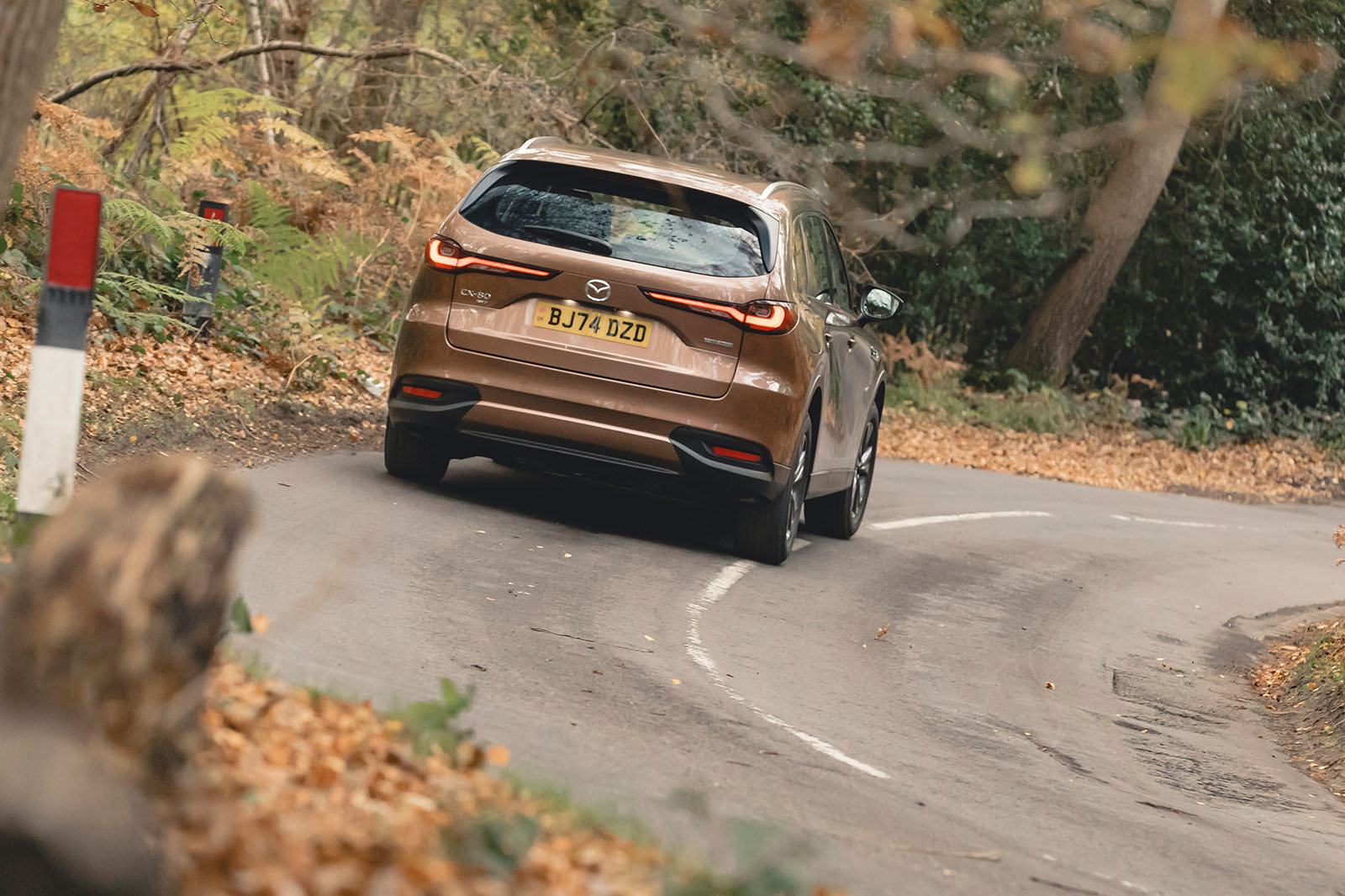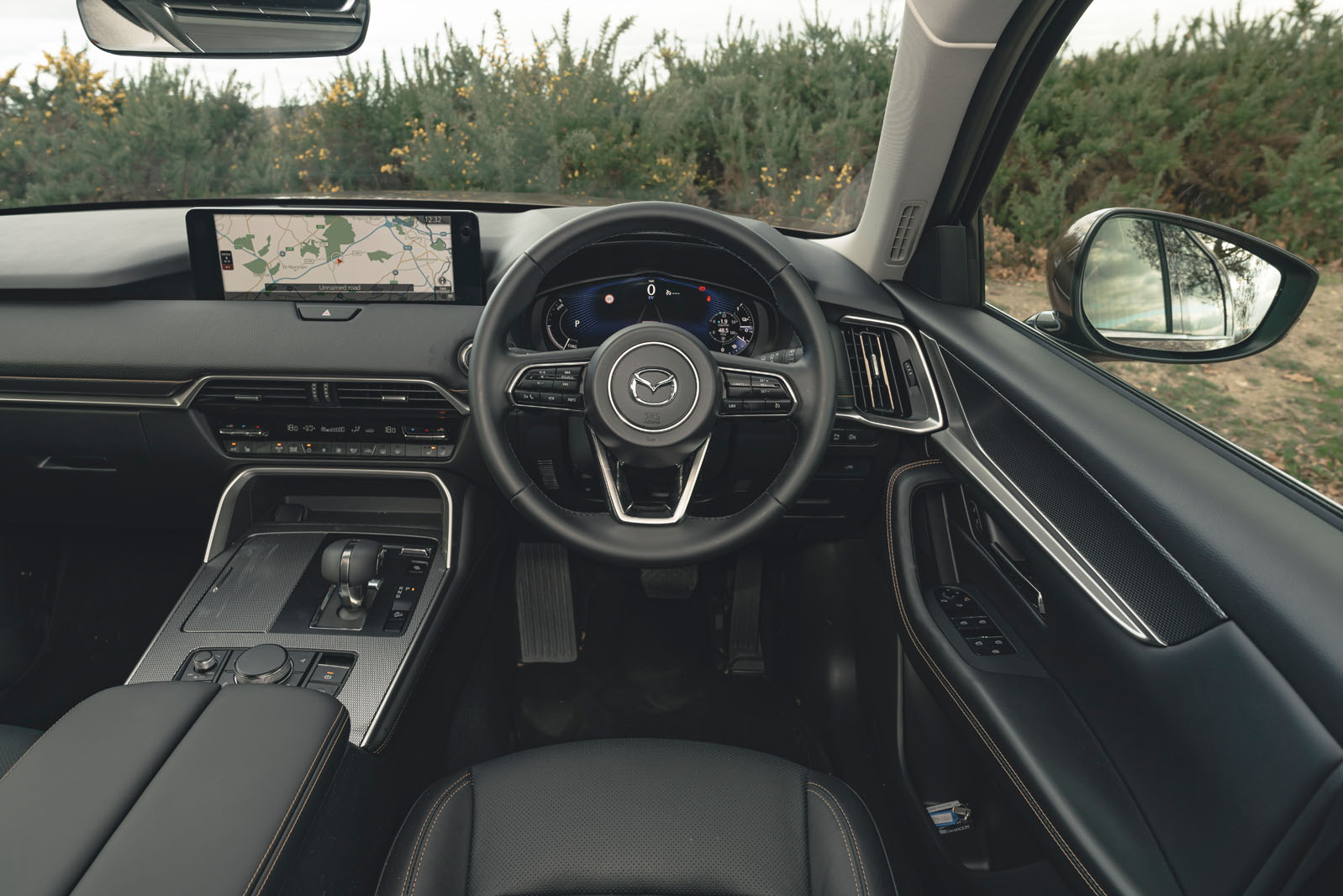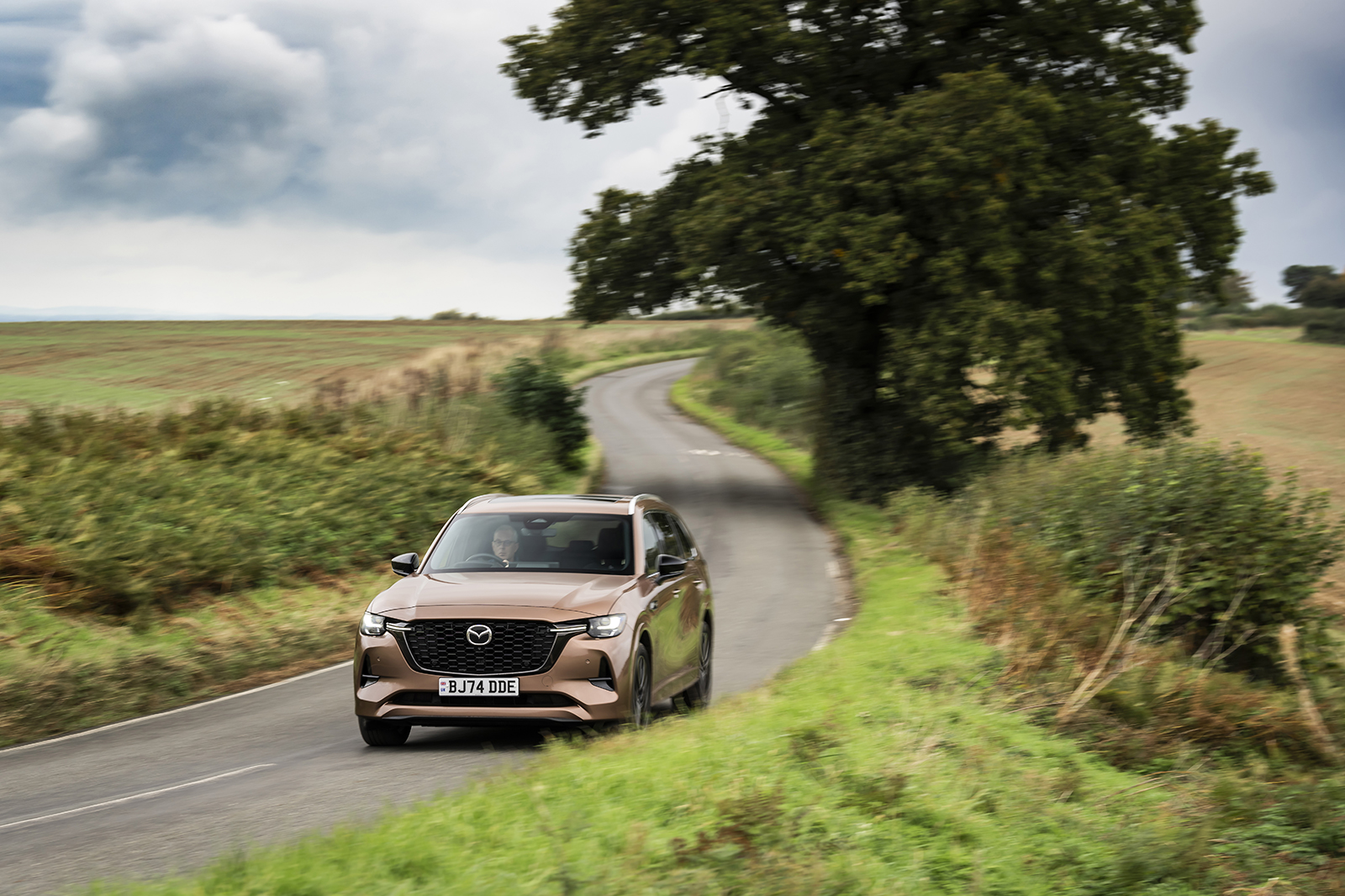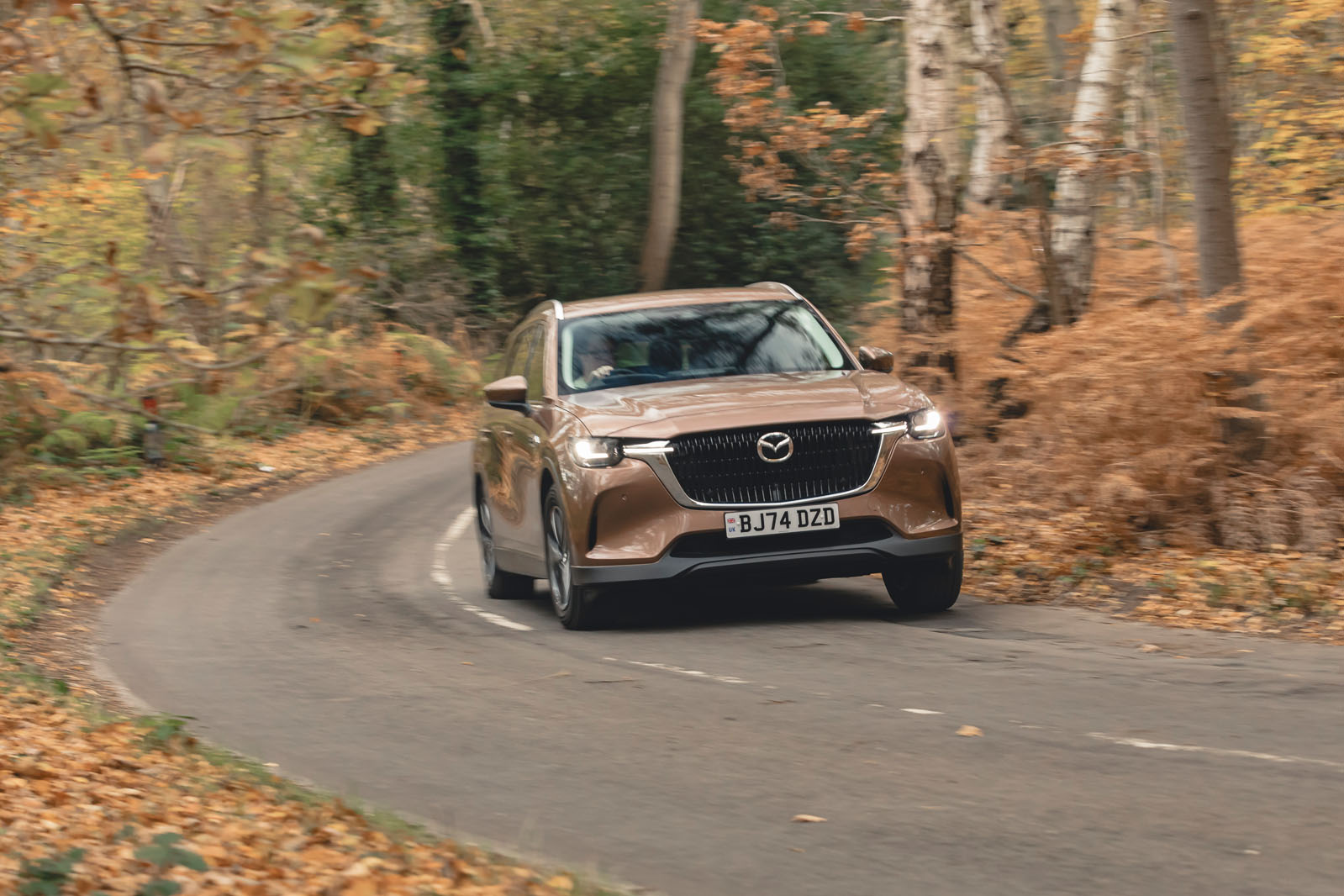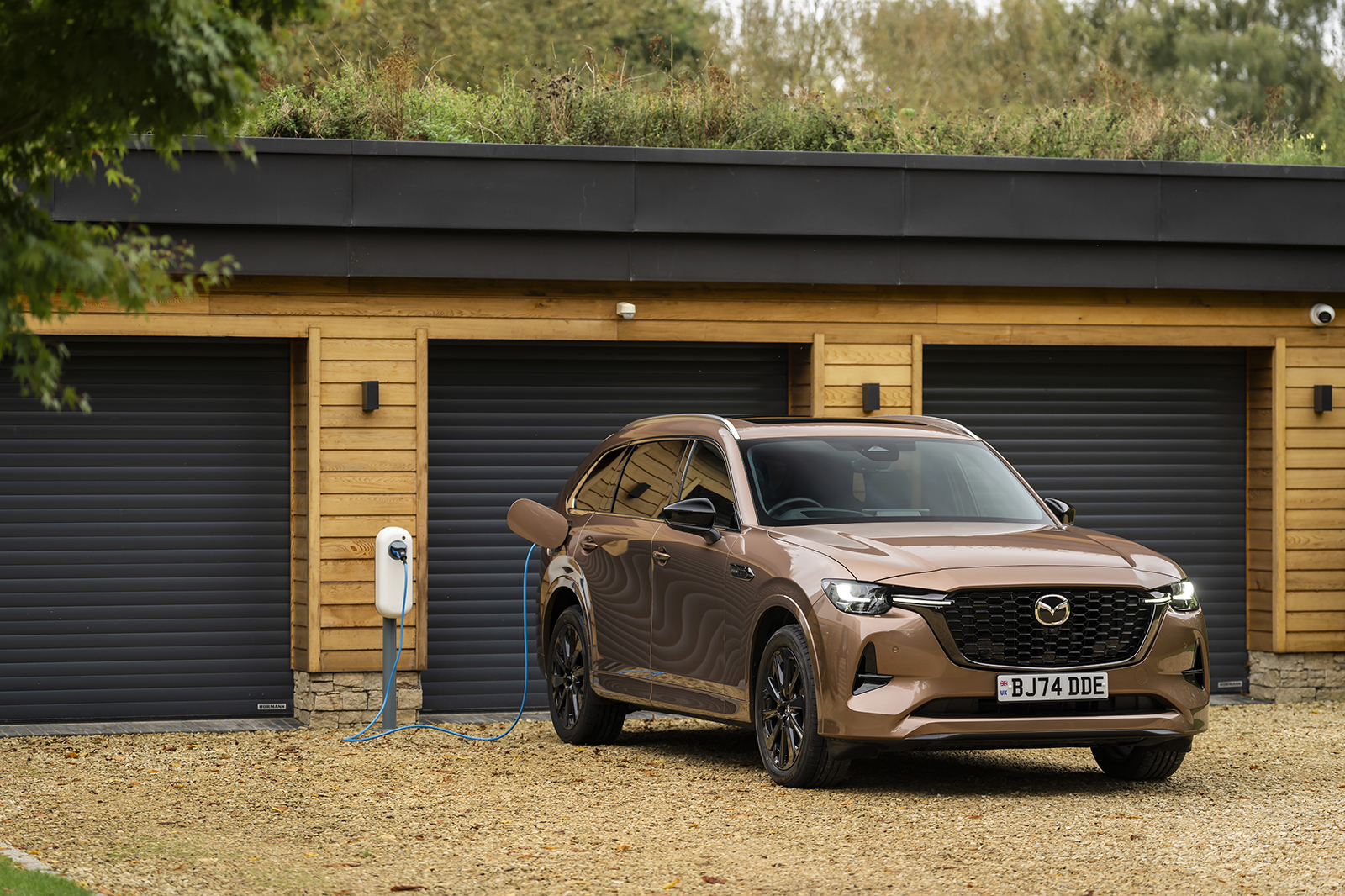The seven-seat follow up to Mazda’s CX-60 of 2022, the Mazda CX-80 is on the cusp of arrival in the UK. A formal press launch is planned for early 2025, but the company loaned us a pair of very-late-prototype, right-hand drive examples of the car - cars it described as '99-per-cent finished' - to see how they cope with UK motoring.
Other than perhaps under the bonnet, this isn't a particularly unusual family SUV; although Mazda certainly has previous with those. Take the Pathfinder XV-1: a Series 1 Land Rover knock-off, only even more goggle-eyed, especially when painted Kermit green, as many were. In the 1960s, a tiny run of these 4x4s left a dedicated Mazda plant in what was then Burma, having been ordered by various government agencies. Even today some Mazda execs won’t believe the XV-1 really existed unless you show them a physical specimen; with its badges.
If the XV-1 was at least functional, the Parkway 26 was the oddball motor show concept that made production. With a glasshouse to rival that of The Shard, the pretty-ish 26 was a three-tonne, 25-seat minibus hauled along by, of all things, a gutless two-rotor Wankel. To make anything like progress, the thing had to be so remorselessly caned that two 70-litre fuel tanks were needed to assuage its thirst. A good-old reciprocating engine of 1000cc was also called for if you wanted to power the air-con. Talk about a vicious cycle. Just 44 were made.
All of which is to say that, for Mazda, developing a big-capacity diesel engine from scratch as it recently did, and then launching it into Europe amid the continent’s prevailing, puritanical anti-diesel sentiment, is a perfectly normal thing to do. The clever new mild-hybrid 3.3-litre straight six made its debut a year or two ago in the Mazda CX-60. That car was a mid-sized SUV with an interesting interior, quietly engaging handling and conspicuously poor ride quality, in thanks part to an over-damped back axle.



